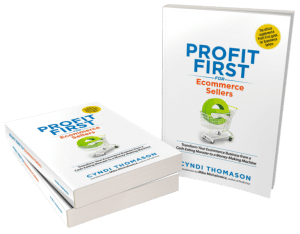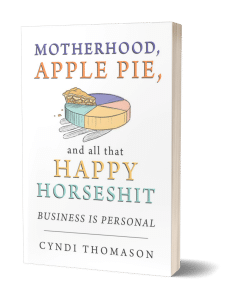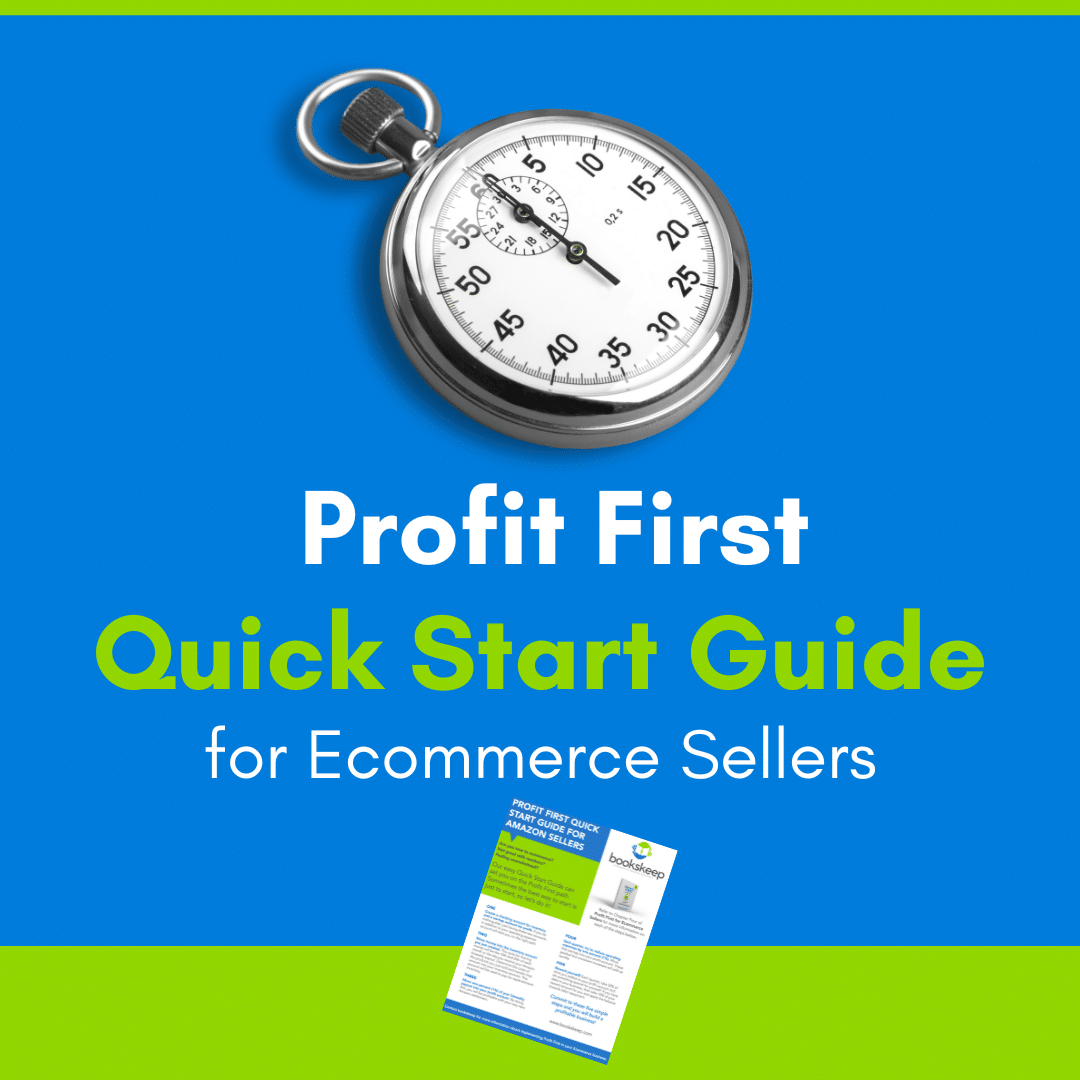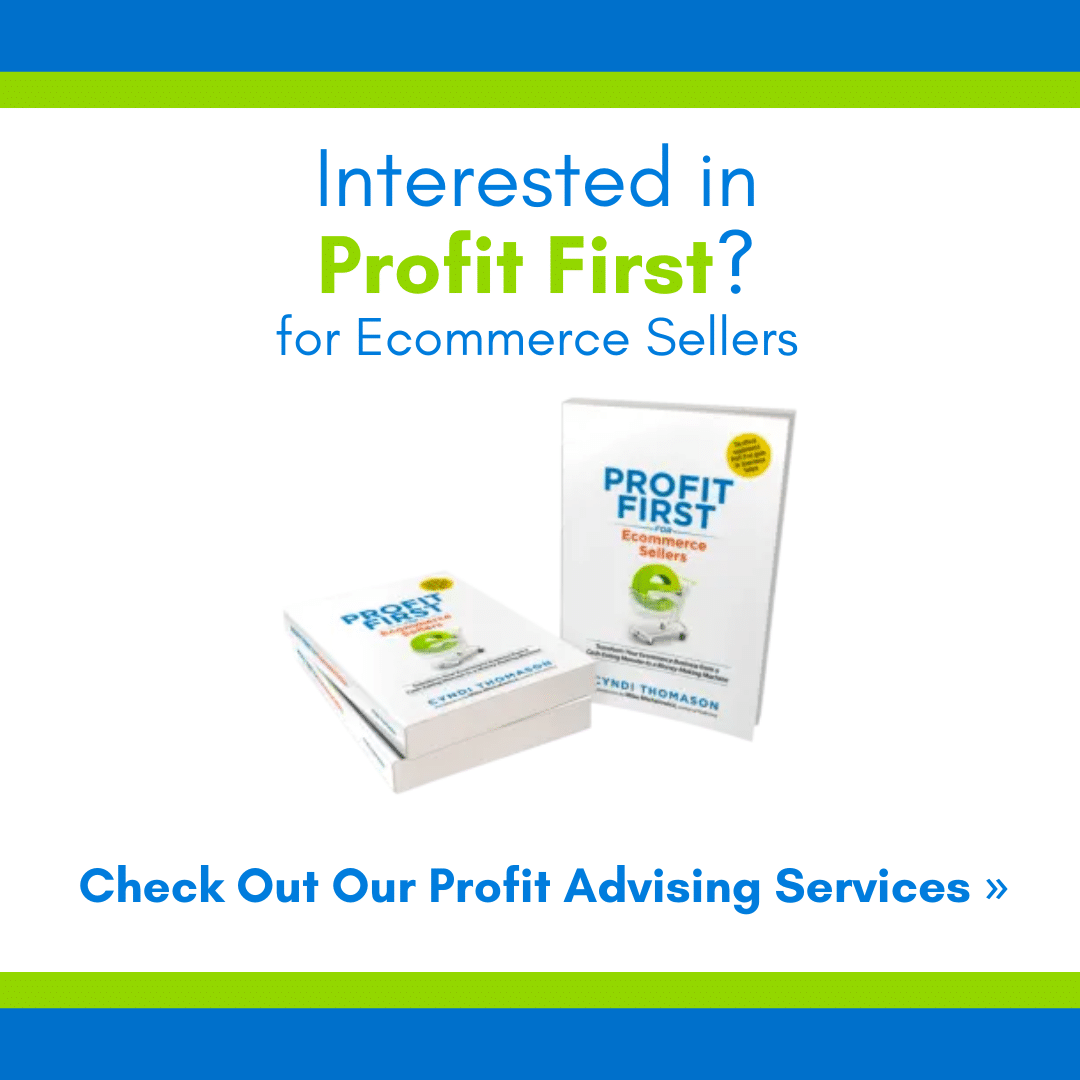
If you’ve been around for even a couple of weeks, you know that we are all about Profit First here at bookskeep. I personally use it in my business and even wrote the book on Profit First for Ecommerce Sellers. It will always be my favorite recommendation to make, but there are times when even I realize that Profit First isn’t the first step to success. At the point where you aren’t making enough to reach the gross profit level, the theories on Parkinson’s Law, Primacy Effect, or multiple bank accounts aren’t going to do you any good. But I know what will.
The first step is to ensure your Amazon bookkeeping software is giving you accurate gross profit numbers. If not, you’re flying blind. What you need is a profit and loss report that provides income, less cost of goods, and Amazon fees. The difference here will be your gross profit. The Gross Profit Margin is the gross profit number divided by the total income x 100. Your percentage should come out in the 30% range.
Example
Sales $100,000
COGS $ 35,000
Amazon Fees $ 30,000
Gross Profit $ 35,000
Gross Profit $35,000 divided by Sales $100,000 x 100 = Gross Margin 35%
If your margin is below that 30% mark, it’s not likely that you will have enough money to cover business operations. Sometimes clients push back that ecommerce businesses do not need high margins because operating costs are lower. As someone who has worked with quite a few ecommerce businesses, I can tell you that the data always support a need for a gross margin level around 30% at least to sustain payroll and taxes, and an even higher level is you want to put aside money to grow.
Analyze Your Offerings
If you aren’t making that 30% mark, it’s time for some evaluation. Your first look should be at sales income on the top 20% or products sold in the last 60-90 days. Do these products make money after you take off the product costs, prep center costs, and Amazon fees? If not, you can either raise the price or reduce the costs.
The majority of your sales are not producing enough money to take care of your costs and to contribute to the operating costs of your business. If you have good results here, then do the analysis again, looking at your next 20%. Determine at what point your sales aren’t making enough profit and then make some changes.
Another analysis you can do is looking at the top 20% of products sold by quantity. Again, you need to decide if you’re making money on these products after you take out your costs and fees. Selling a large quantity of an item that isn’t producing enough profit will put a hold on your cash.
Using your findings from these analyses, you can come up with a plan to increase your prices, decrease your costs, change up your product offerings, or a mix of all of these. I often times see clients putting money and time into increase sales on products that will never bring that money back to them. If you’re losing money on these products, do you really want to keep investing in them?
Instead, focus your effort and money on the products that give you the return you need, and you’ll see your profits grow. When the profits are there, you can move forward with Profit First, setting aside your funds for Profit, Owner Pay, Taxes, and Operating Expenses (still keeping those to a minimum).
Interested in Profit First?

You can also sign up for the Profit First for Ecommerce Sellers Online Course. As a Mastery Level, Certified Profit First Professional, I will teach you why Profit First works so well for ecommerce businesses and the particular challenges for businesses that have physical products requiring inventory management. You will learn how your behavior drives your money management habits for your business and how you can set up your business bank accounts to work with your habits.
Check out all our ecommerce accounting and profit advising services here!
Get Cyndi’s new book!
Motherhood, Apple Pie, and all that Happy Horseshit

“You’re about to discover the recipe for successful momma entrepreneurs.”
Business is Personal
As a Mom, you can have it all and it’s better when you do. Using your personal values to create the business of your dreams. By the end of this book you’ll be confident in designing a business that supports your family and yourself. Order Now!




Leave a Comment